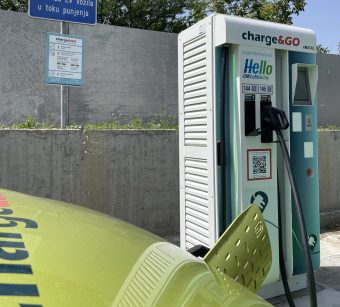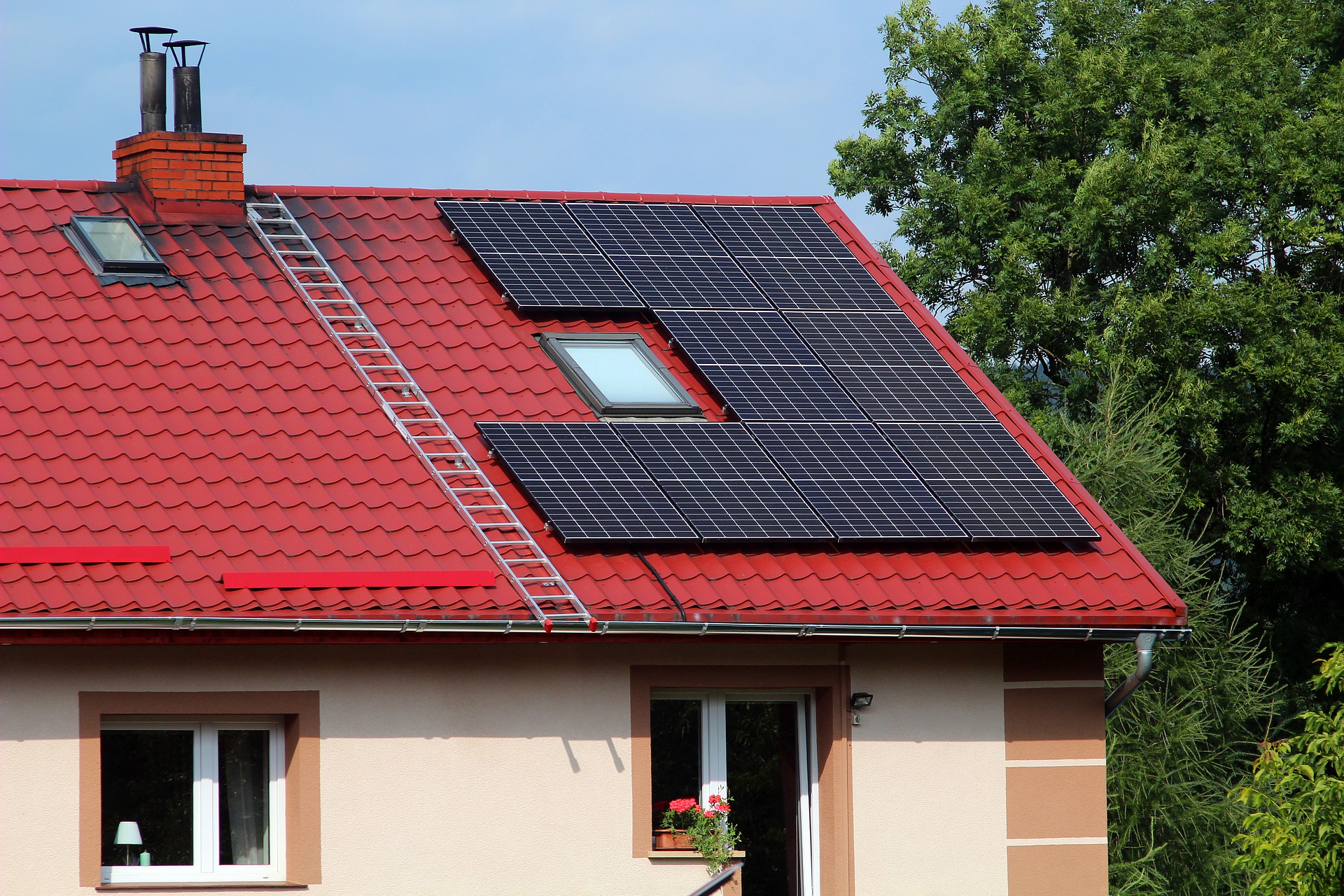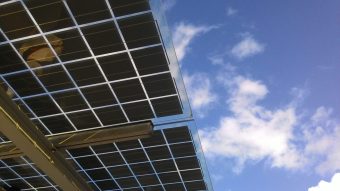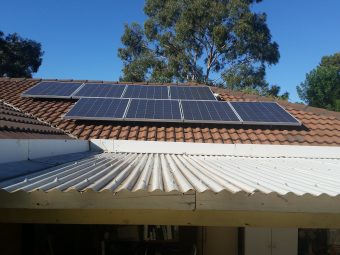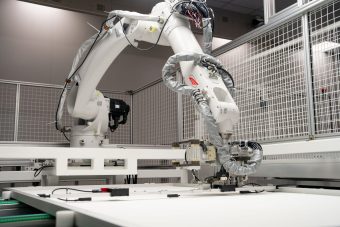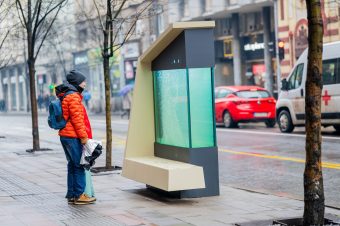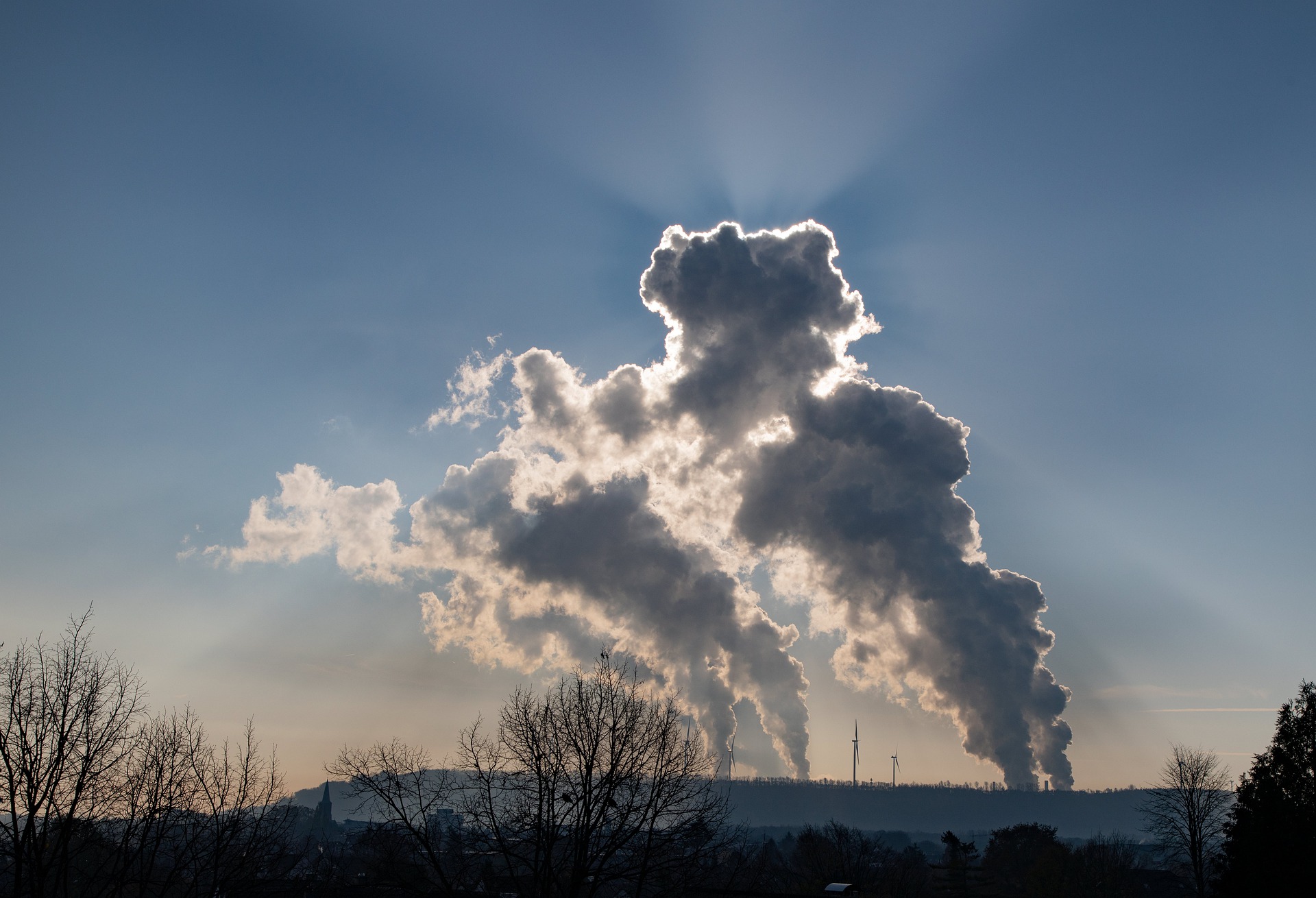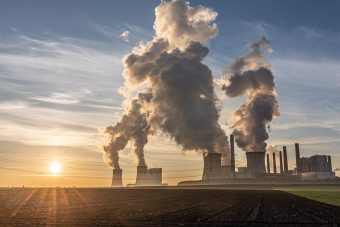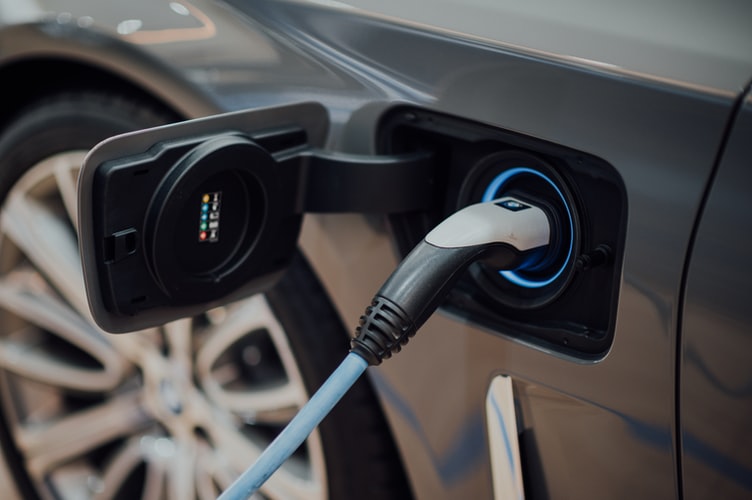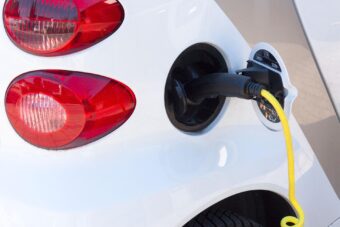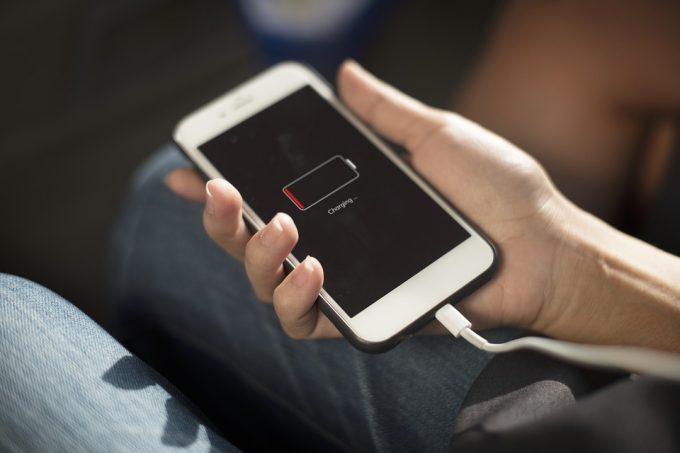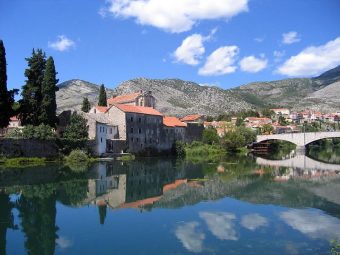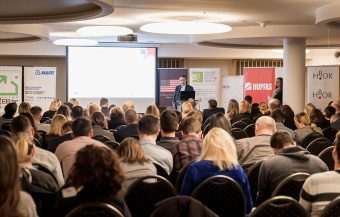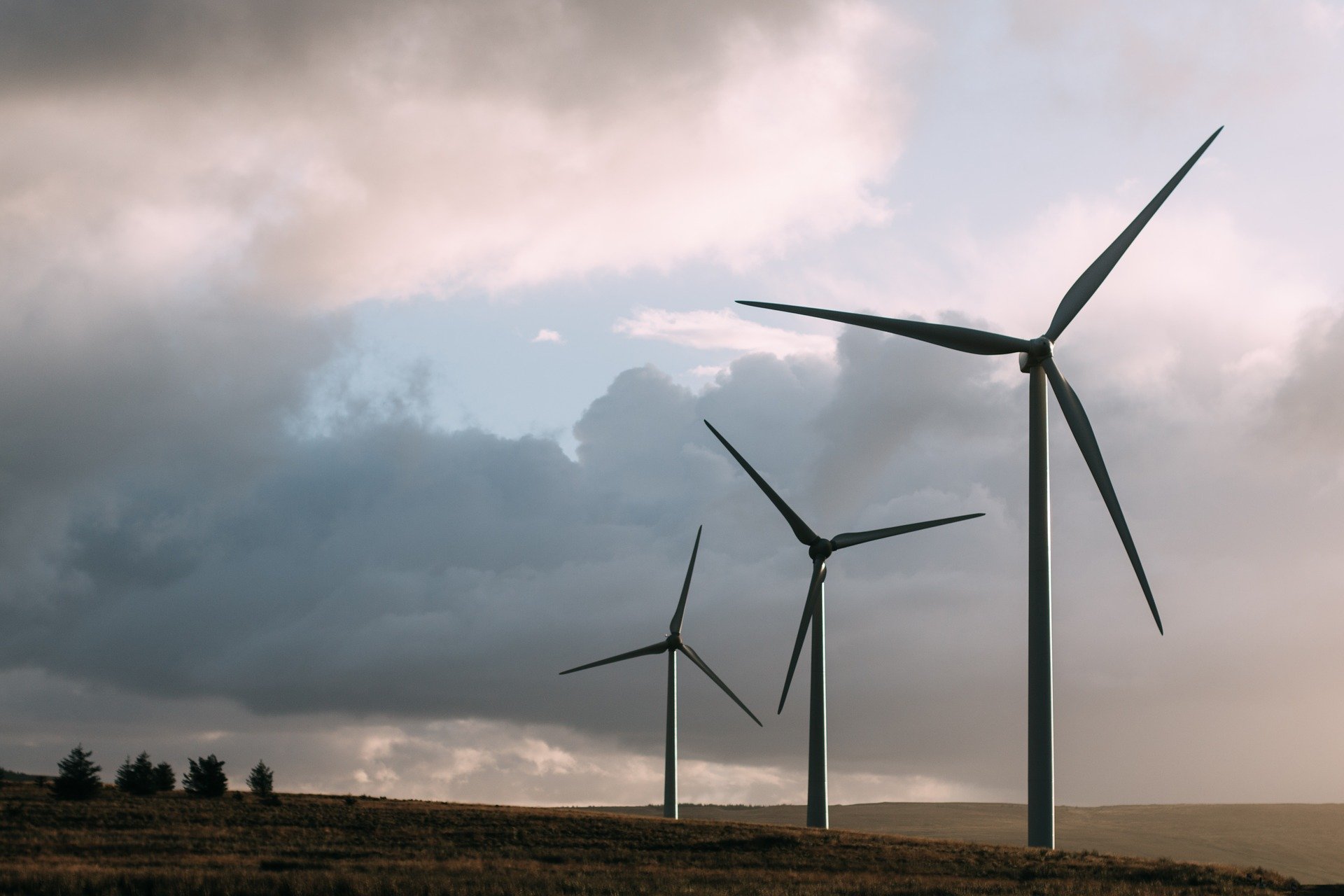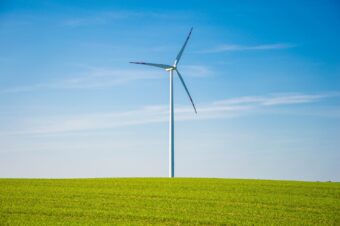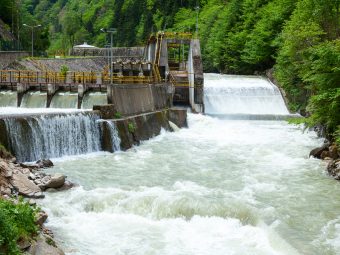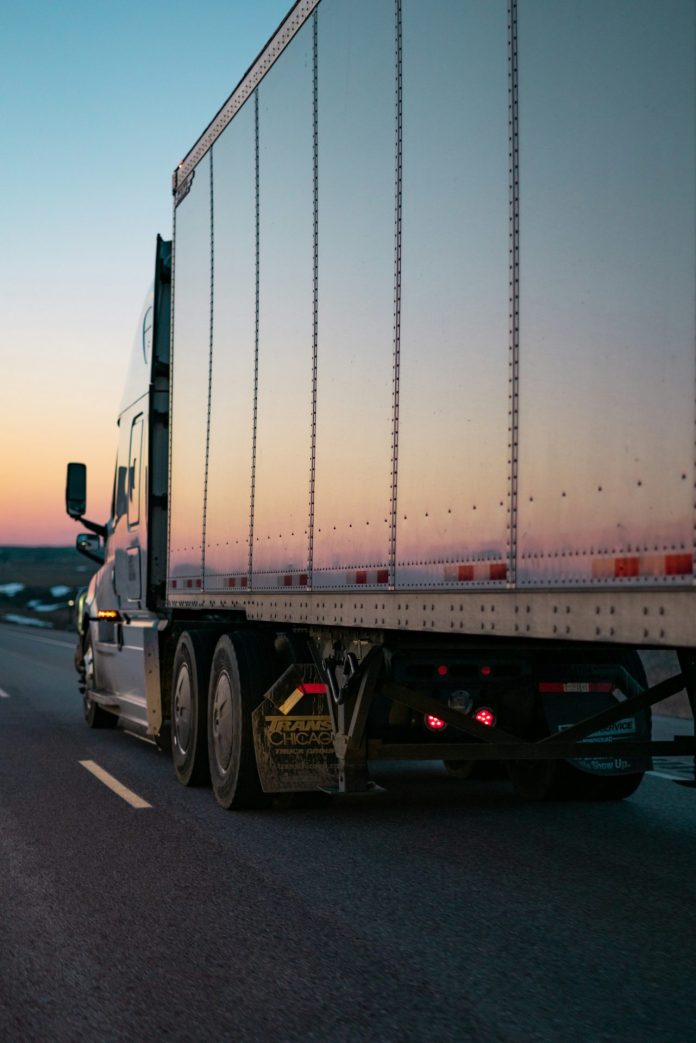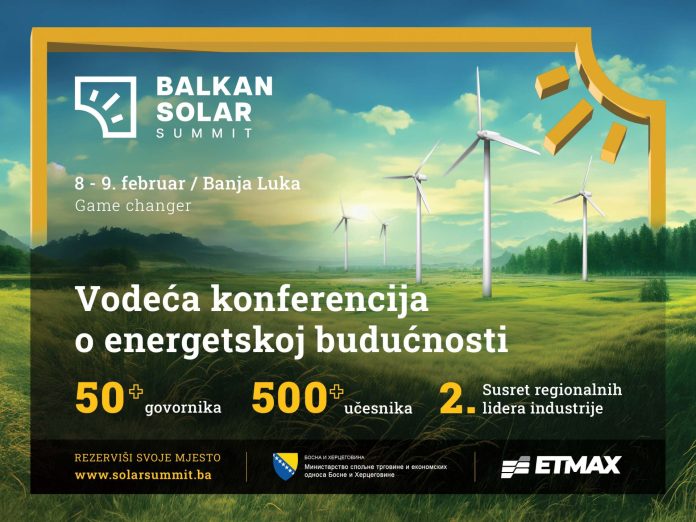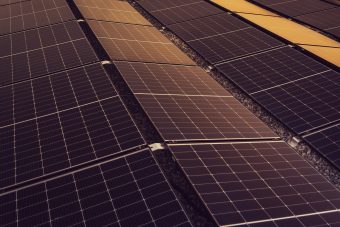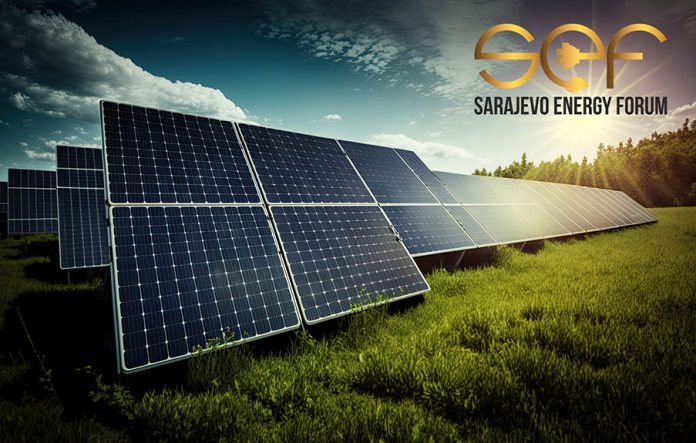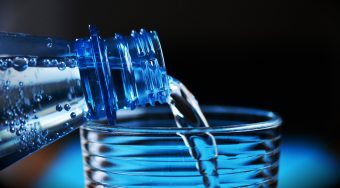
The European Commission has adopted new minimum hygiene standards for materials and products that come into contact with drinking water, which is a significant step towards improving the quality of drinking water throughout the European Union. The decision will enter into force on December 31, 2026.
The new standards will apply to a wide range of materials and products, including supply pipes, valves, pumps, fittings and taps, used in water extraction, treatment, storage or distribution processes. Thanks to these standards, drinking water becomes safer, which is of great importance for the health of EU citizens, according to the European Commission’s website.
It is worth noting that European countries are certainly at the top when it comes to the quality of drinking water. Some of the countries are located in mountainous areas with clean springs and are also investing in water treatment technology. Research shows the Scandinavian countries, Iceland, Austria, Ireland, Greece, Malta, Switzerland, the Netherlands, Luxembourg, Germany and Great Britain have the best tap water because it is toxin-free.
More:
- FROM JAMAICA TO THE SAHARA: THE STRUGGLE FOR WATER RESOURCES
- DOUBLING ENERGY INVESTMENT IN AFRICA REQUIRES URGENT ACTION TO BRING DOWN FINANCING COSTS AND BOOST ACCESS TO CAPITAL
- REPORT ON THE QUALITY OF EU BATHING WATERS

On the other hand, this cannot be said for the entire planet. In fact, a large part of the world population, especially in Africa, has a problem with clean drinking water. African countries often have no infrastructure even if a water source is found.
One of the key benefits of the new rules is a significant reduction in the administrative burden for manufacturers of relevant materials and products. Now a single authorization will allow sales within the entire EU, which encourages the free movement of goods within the EU.
By the new standards, materials and products will receive a special EU declaration and label, thanks to which they can be sold throughout the EU without any restrictions.
Energy portal




